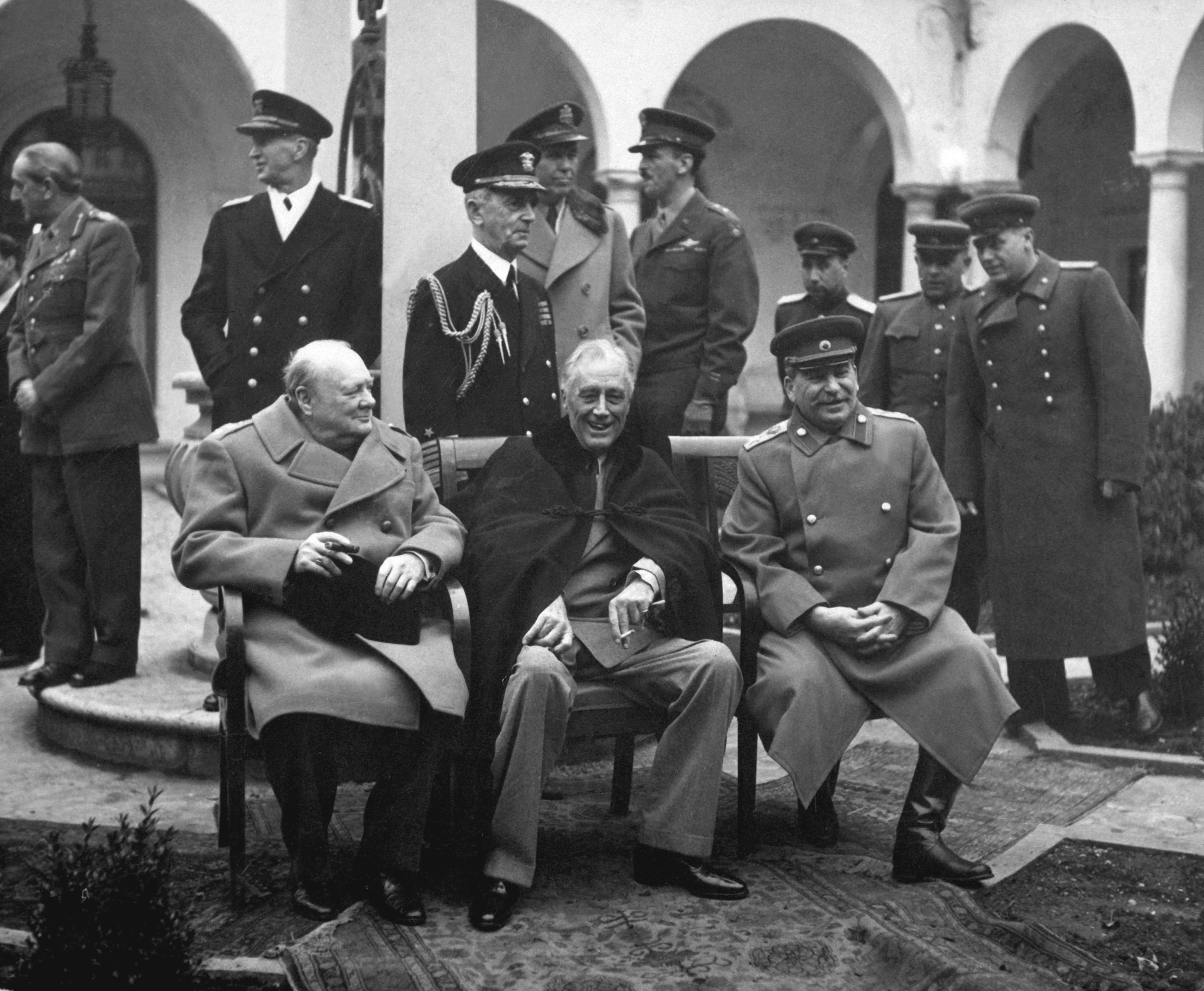Kublai Khan (Qubilai-Qan) was the ruler of the Mongol Empire from 1260 to 1294. His accomplishments include establishing Mongol rule in China under the name of the Yuan Dynasty (1271-1368), thus becoming the first non-Chinese to rule the whole of that country. He founded his capital at Xanadu (Shangdu) and established Daidu (Beijing) as its successor.
During the reign of Kublai Khan the Mongol Empire expanded to its greatest ever size so that it stretched from the Caspian Sea to the Korean peninsula. There were setbacks along the way, including a series of campaigns with mixed results in South East Asia and two failed invasions of Japan in 1274 and 1281. Kublai, the last of the great Mongol rulers, died of illness exacerbated by his repeated overindulgence in food and alcohol; his tomb has never been found.
Early Life
Kublai was born in 1215, the second son of Tolui (c. 1190 - c. 1232) and so the grandson of Genghis Khan (r. 1206-1227), founder of the Mongol Empire (1206-1368). While Kublai’s elder brother Mongke (r. 1251-1259) was the ruler of the Mongol Empire, Kublai was given the position of viceroy (ilkhan) of Mongol-controlled northern China.
From 1253, Kublai also personally campaigned alongside Mongke in his attacks on southern China, still controlled by the Song Dynasty (960-1279). Mongol forces moved through Tibet and into Yunnan, subduing the Dali Kingdom in 1257. From here the Mongols could strike at the weak underside of Song China and so a four-pronged attack was planned to invade from the south and west.
Civil War & Succession
When Mongke died in 1259, the campaigns against the Song were abandoned as there quickly developed a scramble amongst the Mongol commanders over who might be his successor. A civil war ultimately broke out between the two main candidates: Kublai and his younger brother Ariq Boke (1219-1266), both of whom declared themselves the new khan.
Kublai would win in the end thanks to support from princes in Central Asia, his control of the Mongol imperial bodyguard and the vastly superior resources at his disposal as viceroy of China. Being the Great Khan remained a prestigious title but, in reality, the empire had already broken up into various khanates, each ruled by descendants of Genghis Khan. Kublai might now rule the biggest and richest portion of what had been the Mongol Empire but what he really wanted was a far older and even more prestigious position: the Chinese Emperor, the ambition of many a steppe nomad for centuries.
Song Dynasty China
In 1268 Kublai seriously set his sights on the lands south of the Yangtze River and the great prize of Song China. The campaign would be long and arduous, with the Song able to field an army of over 1,000,000 men and both sides equipped with the very latest gunpowder weapons, catapults, and siege machinery. The success of Mongol Warfare across Asia had been based on fast cavalry but the Song countered this by deliberately adopting a strategy of more static warfare and building great fortifications at key cities and river crossings.
The Mongols crossed the Yangtze in March 1275 and proved unstoppable, winning a massive land and sea battle. With many Song generals defecting or surrendering their armies, a court beset by infighting between the child emperor’s advisors, and the ruthless slaughter of the entire city of Changzhou, the end of the Song Dynasty was nigh. The empress dowager and her young son Emperor Gongzong (r. 1274-5) surrendered along with their capital Lin’an on 28 March 1276. The Song royals were taken prisoner to Beijing.
Finally, on 19 March 1279 a great naval battle was won at Yaishan near modern-day Macao; the Mongol conquest of China was complete. It was the first time that country had been unified since the 9th century.
Yuan Dynasty China
Making himself emperor of China, Kublai gave himself the reign name Shizu and, in 1271, his new dynasty the name ‘Yuan’, meaning either ‘origin’ or ‘centre, main pivot.’ The khan, now emperor, embraced Chinese culture, unlike his Mongol predecessors. This was all part of his campaign to appear to the Chinese as their rightful ruler. The emperor surrounded himself with Chinese ministers and Confucian advisors, even if, behind the scenes, all the key positions of state were given to non-Chinese, especially members of the Mongol imperial bodyguard and, in the area of finance, Muslims who were considered the experts in that field.
Key administrative positions in the newly created 12 semi-autonomous provinces that China and northern Korea (annexed in 1270) was now divided into also went to Mongols. Kublai ensured that Mongols always gained an advantage in China by officially classing them as superior in rank to Chinese.
The emperor did make some serious attempts to bring the many peoples of his empire together by encouraging the use of different languages in his administration, tolerating different religions, and even ensuring different food dishes were served at the imperial court. Kublai himself converted to Tibetan Buddhism.
Another definite policy was to promote international trade. Artisans were one group who benefited from the Mongol takeover as previously they had been given a low social status. Merchants were encouraged to use paper money, currency exchanges were better regulated, and more roads and canals aided the transport of goods.
The Invasions of Japan
From 1268, Kublai sent ambassadors but their demands for tribute were totally ignored, except that Japanese troops were put on alert in areas where any invasion seemed likely. This was just as well since Kublai lost patience and amassed a fleet of some 800-900 ships and dispatched it from Korea in November 1274. The ships carried an army of some 16,600-40,000 Mongols, Chinese, and Koreans. The Mongol attacks met stiff resistance on the outer islands but the invasion fleet proceeded to Hakata Bay, landing on 19 November.
The Mongols won the first engagements thanks to their superior numbers, weapons, and mass coordinated troop movements which the Japanese were not used to as they favoured allowing individual warriors to pick their own single target in their version of medieval warfare.
Curiously, though, the invaders did not push deeper into Japanese territory. Whatever the motive, the invaders remained by their ships for the night, withdrawing out into the bay for safety on 20 November. This was a fateful decision because, in some accounts, a terrible storm then struck which killed up to a third of the Mongol army and severely damaged the fleet. The attackers were thus obliged to withdraw back to Korea.
Kublai Khan’s invasion fleet of June 1281 was a whole lot bigger than the first one. This time, thanks to his recent defeat of the Song and acquisition of their navy, there were 4,400 ships and around 100,000 men, again a mix of Mongol, Chinese, and Korean warriors. Again, Hakata saw the brunt of the fighting, but the new fortifications there withstood the test. After heavy losses, the Mongols withdraw to Iki Island only to be harassed by Japanese ships making constant raids using small boats. Kublai was, though, able to dispatch reinforcements from China, perhaps another 40,000 men. The combined fleets then moved east and attacked Takashima, a battle there taking place on 12 August.
Then, yet again, the weather intervened and caused havoc. On 14 August a typhoon destroyed most of the Mongol fleet, wrecking ships that had been tied together with chains for safety against Japanese raids and smashing the uncontrollable (and not particularly well-built) vessels against the coastline. From half to two-thirds of the Mongol force was killed and thousands more were washed up or left stranded on the beaches of Imari Bay, where most were executed.
The storm winds that either sunk or blew the Mongol ships safely away from Japanese shores were given the name kamikaze or ‘divine winds’ as they were seen as a response to the Japanese appeal to Hachiman, the Shinto god of war, to send help to protect the country against a vastly numerically superior enemy.
Death & Legacy
Like Japan, southeast Asia was attacked in various land and naval campaigns but they also proved an elusive prize with invasions of Vietnam (1257, 1281, and 1286), Burma (1277 and 1287) and Java (1292) achieving only limited success where Mongol armies faced such unfamiliar experiences as humid jungles, parasitic diseases, and war elephants. Kublai never gave up on Japan and continued to send unsuccessful diplomatic missions to persuade the country to join the Chinese tribute system.
Kublai’s later reign was, then, a little disappointing, but he had managed to foster a relatively peaceful situation across Asia, the so-called Pax Mongolica. There were the odd rumblings of discontent, especially when taxes were raised to fund Kublai’s immensely expensive foreign exploits.
Kublai died of natural causes in 1294 at the age of 79 or 80 - an extremely old age for often hard-living Mongol rulers. The Yuan Dynasty that Kublai had founded enjoyed some 30 years of stability but was thereafter beset by dynastic disputes and never again reached the heights of Kublai’s reign. The Yuan would rule China until the arrival of the Ming Dynasty in 1368.
Megathreads and spaces to hang out:
- 📀 Come listen to music and Watch movies with your fellow Hexbears nerd, in Cy.tube
- 🔥 Read and talk about a current topics in the News Megathread
- ⚔ Come talk in the New Weekly PoC thread
- ✨ Talk with fellow Trans comrades in the New Weekly Trans thread
- 👊 Share your gains and goals with your comrades in the New Weekly Improvement thread
reminders:
- 💚 You nerds can join specific comms to see posts about all sorts of topics
- 💙 Hexbear’s algorithm prioritizes comments over upbears
- 💜 Sorting by new you nerd
- 🌈 If you ever want to make your own megathread, you can reserve a spot here nerd
- 🐶 Join the unofficial Hexbear-adjacent Mastodon instance toots.matapacos.dog
Links To Resources (Aid and Theory):
Aid:
Theory:


it was the only lib show I watched anymore, and I had to stop after Biden dropped out. Emma especially is positively giddy about Harris, completely convinced that she’s going to be better on Gaza apropos of nothing. libs are the biggest rubes.